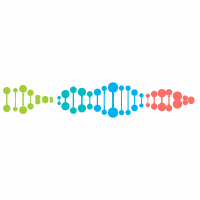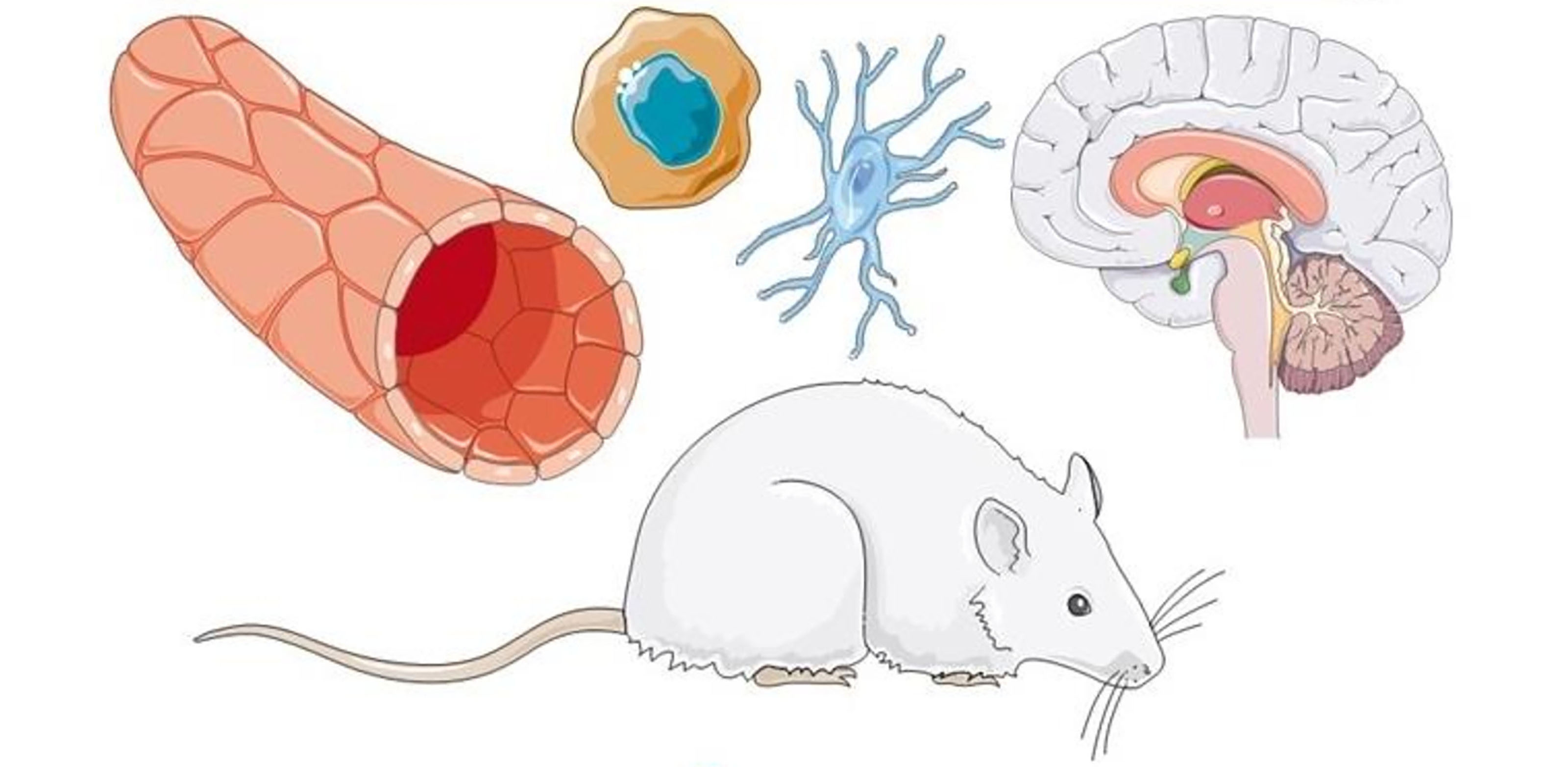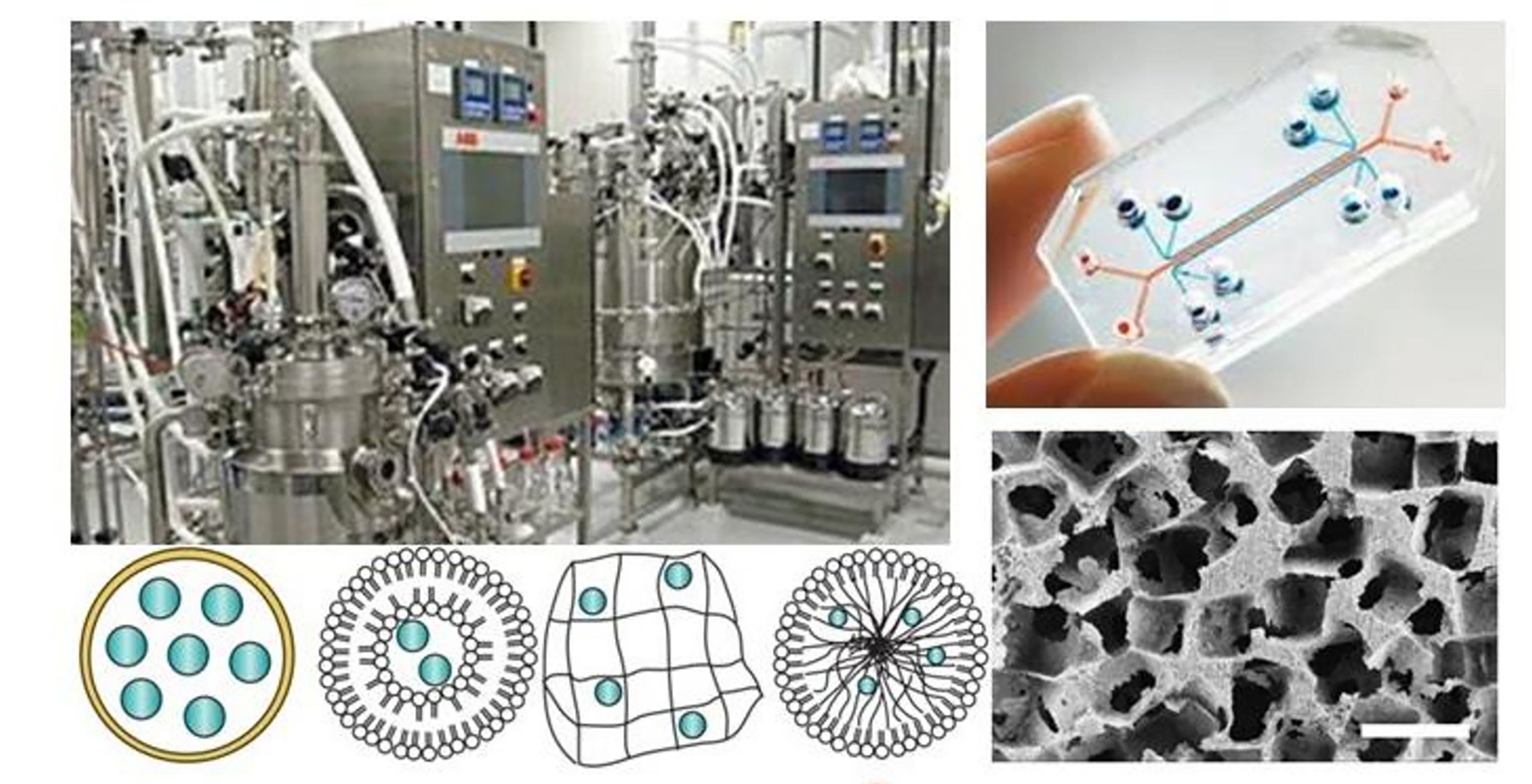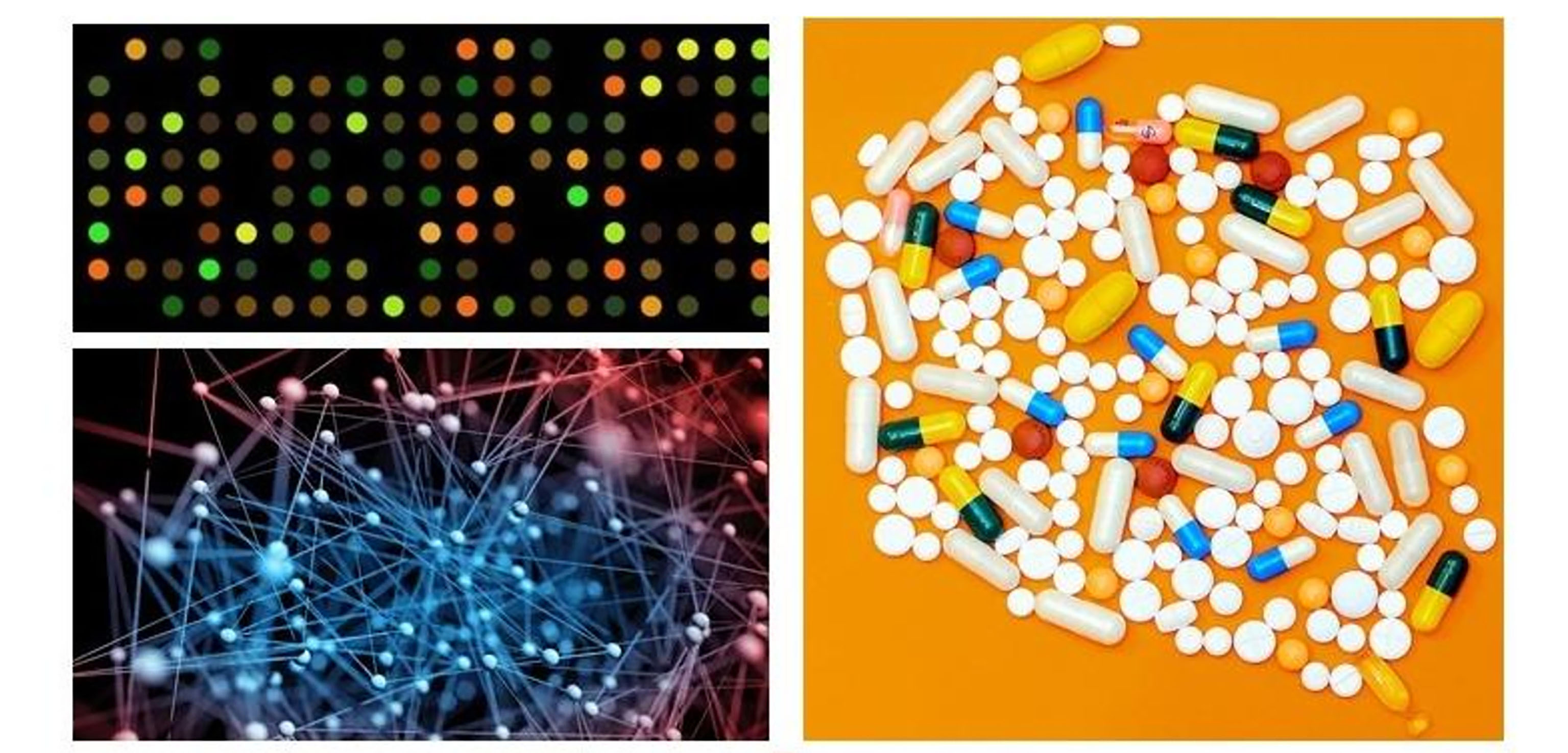


Faculty in the Biological Sciences group work on diverse areas of biology with emphasis on the following research areas:

The focus of research in the Biological Engineering group is on two major areas: Bioprocess Engineering and Biomaterials Engineering
The primary focus of this group is on the development of biomanufacturing platforms for
In these topics, a major focus will be on strain/cell-line development for the various products, including engineered strains using synthetic biology tools; development of process analytics for monitoring and control to ensure product quality and optimal yields; and development of integrated processes (including downstream processes) at lab-scale and validation at pilot-scale. Cell level strategies to improve bioprocess productivities, mainly reactive species-based ones; Reactive species-based strategies for treatment and management of diseases such as cancer and cardiovascular diseases
This group largely focuses on
This line of research is geared towards developing novel pharmaceutical agents, drug carriers, medical implants and drug-testing platforms for pharmaceutical companies, and clinical translation. In the future, we aim to develop therapies that modulate the immune system, musculoskeletal system, nervous system, cardiovascular system, and diseases like cancer, diabetes, amongst others.

The Computational Biology group focuses on diverse research areas which include (not limited to) the following